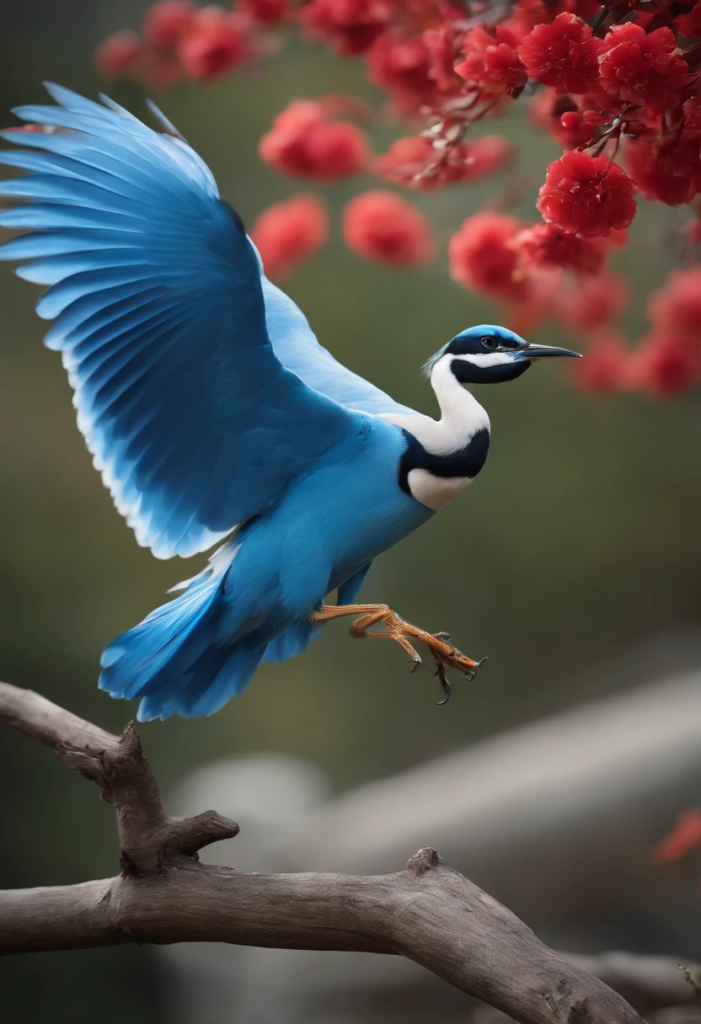The Egyptian Whoop Bird Eye
The Egyptian whoop bird, scientifically known as Bubulcus ibis, often catches the attention of birdwatchers and ornithologists alike with its striking appearance and fascinating behaviors. Known as the cattle egret in many regions, The Egyptian whoop bird eye has evolved to thrive in various habitats across Africa, Europe, and parts of Asia. Its association with livestock, particularly cattle, allows it to be seen grazing in fields or near water sources, where it feeds on insects and small prey.
Physical Characteristics
The Egyptian whoop bird eye is easily recognizable thanks to its elegant stature and stunning plumage. Adults typically feature white feathers with a hint of pastel shades during the breeding season, creating a visually captivating sight. Standing at about 55 to 65 cm tall, they weigh between 300 to 800 grams. One of their most distinctive features is their eye, which is not only functional but also plays a significant role in their social interactions. The bright yellow coloration of their eyes can often appear to glow, drawing attention to their alertness and keen awareness of their surroundings like Cinnamon Queen hen.
The Eye: A Key to Survival

The Egyptian whoop bird eye is designed for efficiency and effectiveness. The size and shape of their eyes provide a broad field of vision, essential for spotting potential threats and prey from a distance. In the wild, survival hinges on the ability to detect movement, and the whoop bird’s extraordinary vision allows it to thrive in a variety of environments. Their vision adapts to low light conditions, enabling them to hunt during dawn and dusk, when many insects are active. This adaptability is vital for their feeding habits, as they primarily forage for insects, small fish, and amphibians, utilizing their sharp eyesight to locate these food sources.
Habitat and Distribution
The Egyptian whoop bird prefers wetlands, marshes, and agricultural areas where they can find food easily. They are often seen in areas with shallow waters, which are ideal for wading and foraging. Their distribution is quite widespread; they can be found in various parts of Africa, including the Nile Delta, as well as in parts of Europe and Asia. They adapt well to both rural and urban environments, often seen in fields alongside grazing livestock, where they feed on insects stirred up by the animals.
Behavior and Diet
These birds exhibit fascinating social behaviors, often seen in small groups, especially during the breeding season. They communicate through various vocalizations that range from soft coos to loud honking calls, which play a crucial role in maintaining social bonds within their colonies.
When it comes to feeding, Egyptian whoop birds have a unique foraging technique. They often follow cattle and other livestock, taking advantage of the disturbances caused by the animals as they graze. As the livestock move through the grass and mud, insects are flushed out, providing an easy meal for the whoop birds. This mutualistic relationship benefits both species: the birds get a reliable food source, while the livestock benefit from pest control.
Breeding and Nesting
The breeding season for Egyptian whoop birds is an elaborate affair. Males perform impressive displays to attract females, showcasing their plumage and vocal abilities. They often gather in colonies during this time, building nests in tall grasses or reeds near water bodies. The nests are constructed using available materials such as twigs, reeds, and grasses, creating a safe space for their young.
Once the eggs are laid, both parents share the responsibility of incubation, which lasts about 21 to 28 days. After hatching, the chicks are altricial, meaning they are born helpless and require parental care. Both parents are actively involved in feeding and protecting their young until they are ready to fledge.
Cultural Significance
The Egyptian whoop bird holds a special place in ancient Egyptian culture. Often depicted in hieroglyphs and artwork, it symbolizes fertility, abundance, and divine protection. The bird’s association with agriculture and the Nile River made it an essential figure in the daily lives of ancient Egyptians. In mythology, the Egyptian whoop bird is sometimes linked to gods and goddesses, showcasing its importance beyond just a natural species.
Conservation Status
Despite their beauty and cultural significance, Egyptian whoop birds face numerous threats. Habitat destruction, primarily due to urbanization and agricultural expansion, poses a significant risk to their populations. Pollution and climate change further exacerbate these challenges, impacting the availability of food and suitable nesting sites.
Fortunately, various conservation efforts are underway to protect their habitats and raise awareness about their plight. Organizations dedicated to wildlife conservation are working to preserve wetland areas and promote sustainable agricultural practices that benefit both farmers and wildlife. These initiatives have shown promising results in stabilizing certain populations of the Egyptian whoop bird.
How to Spot the Egyptian Whoop Bird
For those interested in birdwatching, spotting the Egyptian whoop bird can be a rewarding experience. Best viewed during early mornings or late afternoons, these birds are often found near wetlands, agricultural fields, and along riverbanks. Birdwatchers should look for their distinctive white plumage and bright yellow eyes, which can help distinguish them from other birds in the area. Carrying binoculars and a field guide can enhance the experience, making it easier to identify and appreciate these beautiful creatures.
Conclusion
The Egyptian whoop bird is more than just a beautiful avian species; it represents the intricate relationships within ecosystems and the importance of biodiversity. Protecting these birds and their habitats is crucial for maintaining ecological balance and ensuring that future generations can appreciate their beauty and learn about their role in nature.
By raising awareness and supporting conservation efforts, we can help safeguard the Egyptian whoop bird and the habitats that sustain it. Let’s work together to preserve this remarkable species for years to come.
FAQ's
What do Egyptian whoop birds eat?
Egyptian whoop birds primarily feed on insects, small fish, amphibians, and sometimes small mammals. They have a diverse diet that adapts to the availability of food in their habitat.
Are they migratory birds?
Some populations of Egyptian whoop birds are migratory, traveling to warmer regions during the winter months, while others remain resident in their breeding areas.
What is their lifespan in the wild?
In the wild, Egyptian whoop birds can live up to 10 years, although many do not survive due to predation and environmental factors.
How can I help conserve the Egyptian whoop bird?
You can help by supporting conservation efforts, advocating for habitat protection, participating in birdwatching activities, and spreading awareness about the importance of biodiversity.
Where can I find more information about birdwatching in Egypt?
Local wildlife organizations, birdwatching clubs, and online resources can provide valuable information on birdwatching locations and events in Egypt, making it easier to engage with this fascinating activity.










